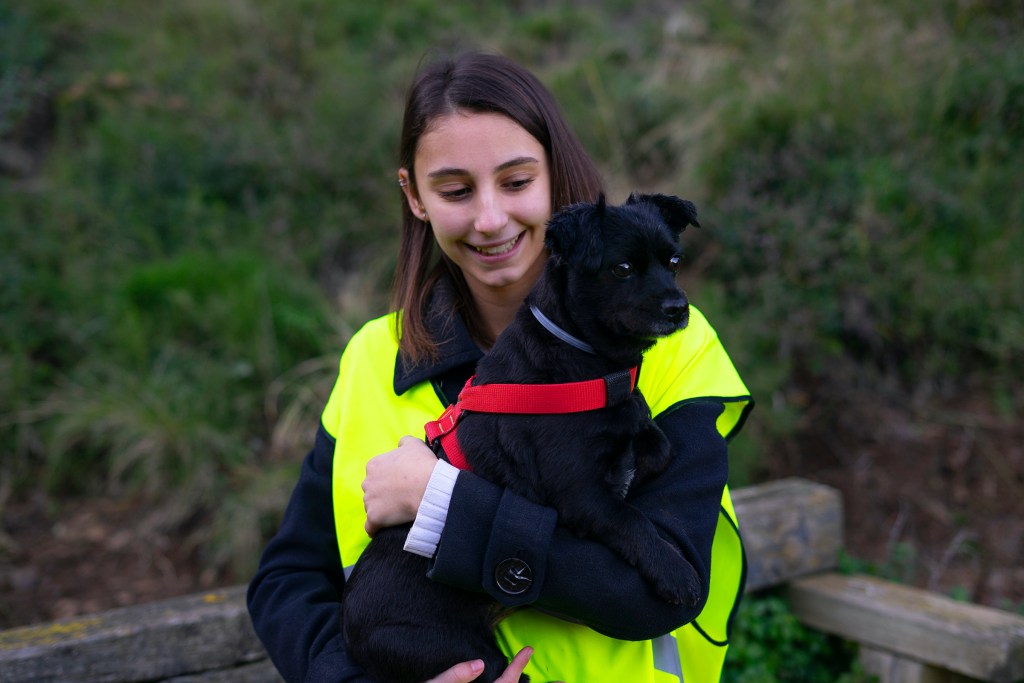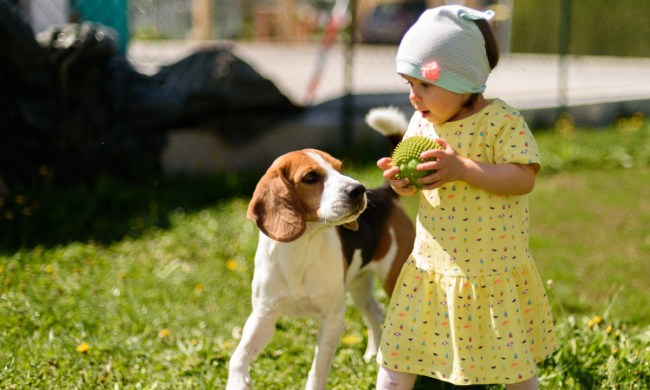What could possibly feel more fun and rewarding than spending time with animals? Helping them, of course!
Many animal shelters, rescues, and sanctuaries across the globe rely on the kindness of volunteers to keep everything running smoothly, so if your family has any interest in becoming animal shelter volunteers — you should do it! Whether you accompany an interested child or want to find something you can all do together, you’d be surprised just how flexible and accommodating some organizations can be. Of course, safety comes first, so they’ll make sure you and your family aren’t in over your head if you decide to volunteer on-site.
Are there age restrictions for being an animal shelter volunteer?
Though the exact rules will vary from shelter to shelter, most have a minimum age requirement to work with the animals. This is out of concern for the safety of everyone involved, especially since many of the animals that arrive at rescues are in extreme distress already. Still, many organizations offer tandem volunteer positions where a parent and child can work together.
For example, the East Bay SPCA opens all volunteer positions to adults 18 and up, though teenagers aged 16 and 17 can also work independently with written permission from a parent or guardian. For those between the ages of 10 and 15, they will need to volunteer “under the supervision of a trained parent or guardian,” with one adult and one child working together.
Despite these limitations for on-location jobs, anyone can help a shelter or sanctuary regardless of their age or physical ability. With a little creativity and resourcefulness, even young kids can make a difference in the lives of rescue animals.

Ways to help an animal shelter as a child or family
If volunteering on-site isn’t in the cards for your family right now, try one of these simple yet rewarding ideas. This way, everyone can be involved!
1. Gather donations
Donation drives are some of the most commonly seen fundraisers, and they’re oh-so-easy to organize. All you’ll need to do is decide when and where to collect donations — and where you’ll store them until delivery, of course! Creating a flyer to hand out to friends, family, neighbors, and even schoolmates will help get the ball rolling, too. Whether you collect pet food, beds, toys, or even bags of kitty litter, your local shelter will be so grateful.
Oftentimes, rescues are in need of particular items, so don’t be afraid to reach out and ask. This is great information to put on your flyer so folks know what kind of items to donate, too. There may be specific days and times you’ll need to drop off your donation haul, so get all the information you can before you begin!
2. DIY toys and blankets
If anyone in your family is particularly crafty, they’ll enjoy making toys and blankets for the shelter animals. One super easy DIY blanket can be made with nothing more than 2 pieces of fleece, some scissors, and a ruler (marking chalk can be helpful, too). Jodi from Kol’s Notes has wonderful step-by-step instructions to show you exactly how to measure, cut, and tie your blanket together. Even the kids can help!
If the blankets weren’t enough of a challenge, you can even make braided dog toys out of two or more old t-shirts. It’s just as simple to make as the blanket, though it may be a lot more fun for the shelter pups!
3. Host a fundraiser
If you don’t want or aren’t able to donate items to your local animal rescue, they will be equally as appreciative of monetary gifts. You’ll want to double-check with your intended recipient to find out how to give money, whether it be by check or electronically. How you go about fundraising is totally up to you!
For teenagers and adults who are active online, social media is a great way to fundraise. Facebook even lets users “host” a digital fundraiser on their birthday for the non-profit of their choosing—minimal work required. Apart from taking a few clicks to set up the fundraiser and share it on your account, there’s no work needed on your end.
4. Sponsor or foster an animal
If your family really wants to interact with animals but isn’t able to volunteer at a shelter, you can consider sponsoring, fostering, or even adopting a pet. Fostering and adoption are much larger commitments, though, so be sure everyone in your home is on board. Reach out to your local shelter to find out how to sponsor an animal and what exactly it entails; most frequently, your sponsorship donation will go toward that animal’s medical bills and adoption fees so their new owners can start loving on them right away.
5. Educate friends and family
Of course, the best way to spread the word about helping animals is by, well, spreading the word! That can look like a lot of different things, from posting flyers about an affordable spay/neuter clinic to sharing pictures of adoptable pets on social media. You never know what might make a difference in the life of an animal!
From cleaning kennels to walking dogs and even assisting at adoption events, there are so many ways you may be able to get involved. Don’t be afraid to ask your local rescue what kind of help they need and how you can get more information—you won’t want to wait!



